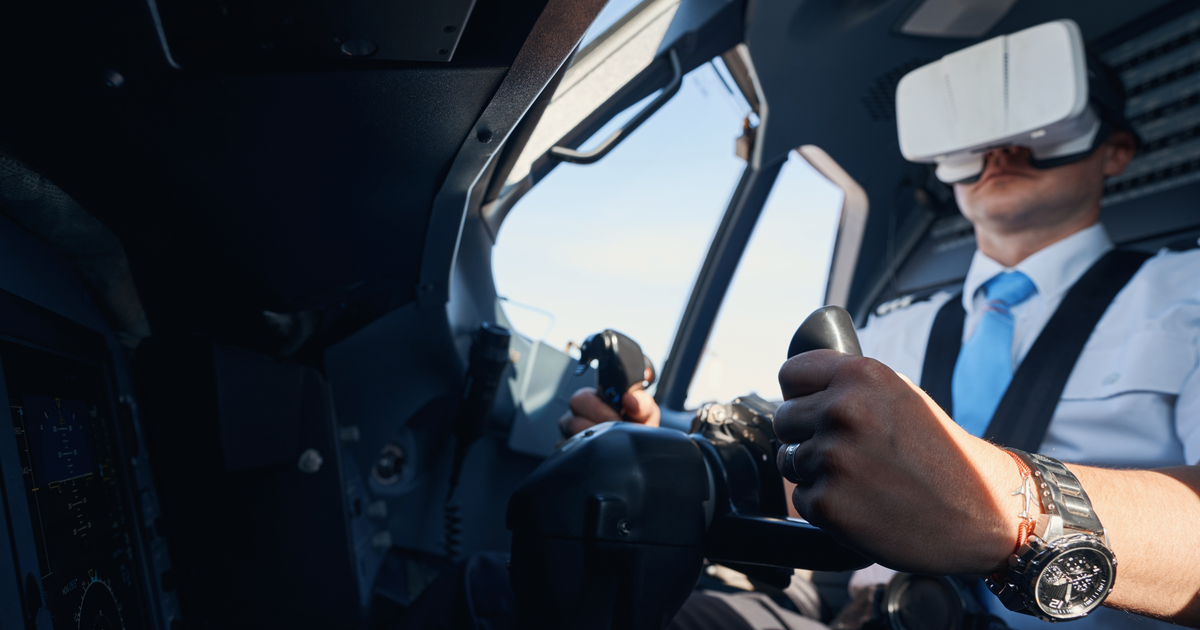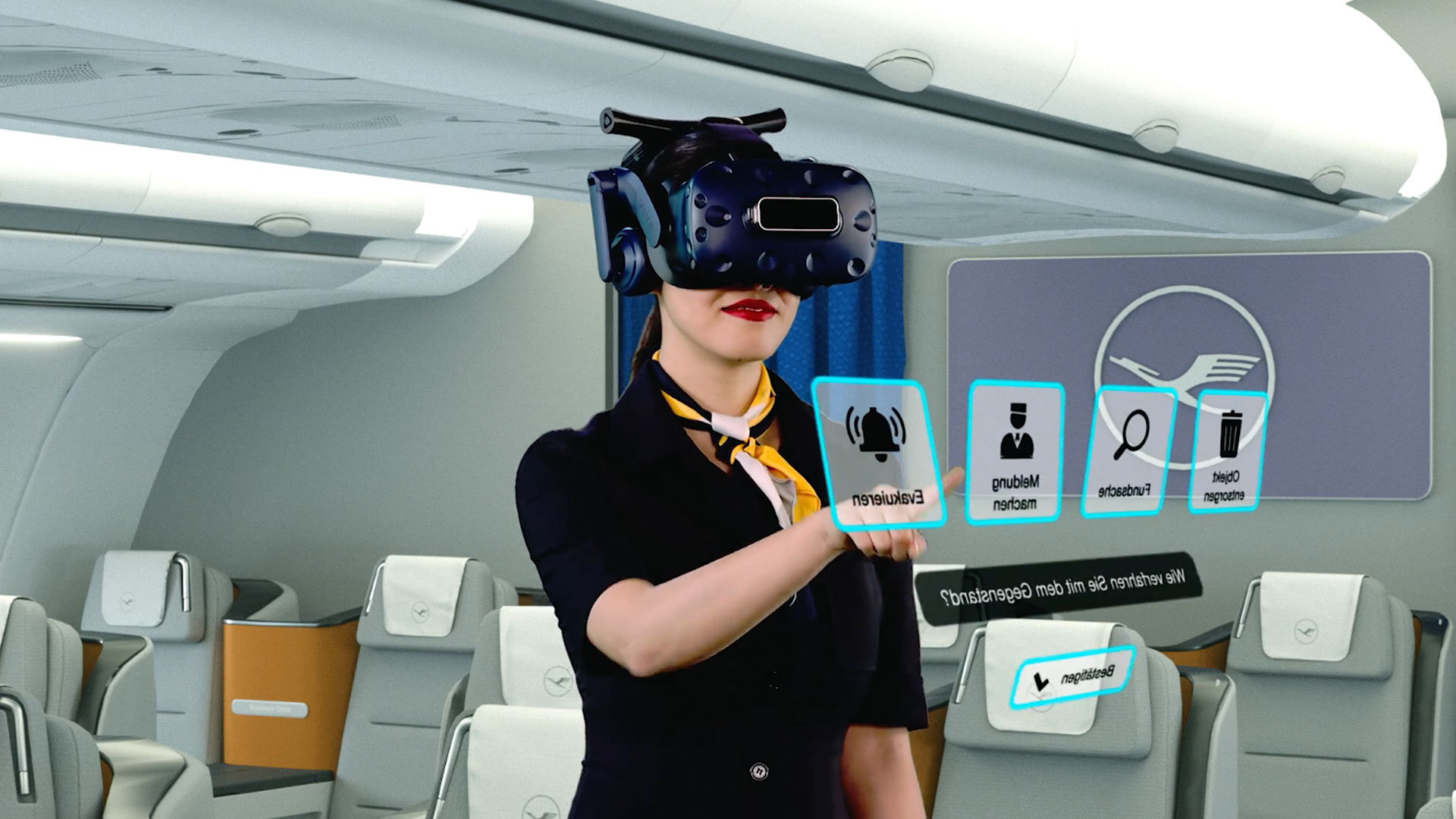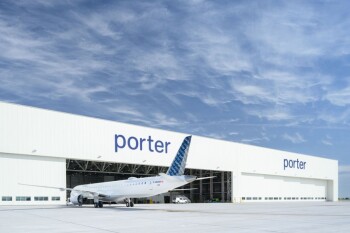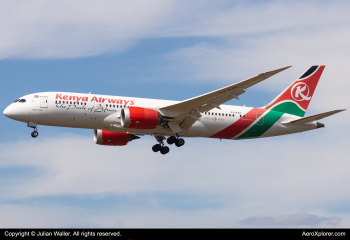Innovation and technological advancements have continually found their way into improving the aerospace industry. As it looks now, the industry is on the cusp of accepting a new practice of flight training and learning through virtual reality (VR) and augmented reality (AR). VR and AR have been viewed more as social phenomena than functional applications. However, industry leaders suspect the industry-wide adoption of the technology to better assist pilots in their flight readiness and awareness.

In any profession, practice and training are essential to completing the job and being ready to assist your team. As a pilot, thousands of hours of real flight time are required to be a commercial pilot. Because of these audacious training necessities, flight simulators are enacted to help pilots train without being in the air. The first recorded flight simulator was the Link Trainer, established in 1927. The Link Simulator helped pilots learn the resistance and balance patterns of different aircraft, both crucial in building up muscle memory for the pilots.
Over time, the once practical application developed as computerized technologies expanded, resulting in the Universal Digital Operational Flight Trainer (UDOFT) released in 1960. The rudimentary application was able to simulate different weather and air movement patterns. Other companies then created various enhancements to the UDOFT, with some creating recreational applications that were used more for enjoyment than creation. Microsoft developed the most popular flight simulator for recreational use, with their original game released in 1986. Both Apple and Tandy (TRS) released similar applications before this.

Yet, in 2024, the newest advancement seems to be in the works. Not only have different producers launched flight simulators for aviation enthusiasts in WR (Oculus has one), but airline training companies are now implementing VR simulations as part of official training exercises. Both pilots and operations crews can use the VR applications as a safe place to practice and learn the ins and outs of the job without the pressures of a real-life situation. Flight deck and cabin crew training have already begun using this, as the European Union Aviation Safety Agency (EASA) granted certificates for a flight simulation training device. As once, the flight simulation world was all about pilots, now, ground crews can experience VR practice in different scenarios.
Different airlines and tech companies have already announced future collaborations. Intel processing is the major technology company examining different practices for VR and AR in aerospace, and have worked with Airbus on projects. As things look now, experts believe that aviation VR can also make its way into the passenger experience. As in-flight entertainment continues to evolve and add new elements, there could be potential for a VR-enabled environment. As airlines continue to dabble into new tech opportunities, such as Qatar Airways launching a fully artificial intelligence cabin crew, VR is more likely to find itself inside of the cabin.
Although little is confirmed on whether VR or AR hours for pilot training would be viewed as similar to using a different flight simulator, there are options for adding this as an extra learning avenue.
Comments (0)
Add Your Comment
SHARE
TAGS
INFORMATIONAL Virtual Reality VR Augmented Reality Innovation Training Simulation Technology FutureRECENTLY PUBLISHED
 Porter Airlines Launches Seasonal Montréal-Fort Myers Route
In addition to the Montréal-Fort Myers route, Porter offers non-stop flights to Fort Myers from Toronto Pearson and Ottawa, expanding its network to meet the growing demand for convenient travel options.
NEWS
READ MORE »
Porter Airlines Launches Seasonal Montréal-Fort Myers Route
In addition to the Montréal-Fort Myers route, Porter offers non-stop flights to Fort Myers from Toronto Pearson and Ottawa, expanding its network to meet the growing demand for convenient travel options.
NEWS
READ MORE »
 Kenya Airways Renews Codeshare Agreement with China Eastern Airlines
Kenya Airways has renewed its codeshare agreement with China Eastern Airlines, reaffirming its commitment to providing seamless connectivity between Africa and China.
NEWS
READ MORE »
Kenya Airways Renews Codeshare Agreement with China Eastern Airlines
Kenya Airways has renewed its codeshare agreement with China Eastern Airlines, reaffirming its commitment to providing seamless connectivity between Africa and China.
NEWS
READ MORE »
 T'Way Air Flight Nearly Causes Runway Incursion at Osaka
A T'way Air flight passed the holding point and intercepted an active runway at Kansai International Airport in Osaka, Japan.
NEWS
READ MORE »
T'Way Air Flight Nearly Causes Runway Incursion at Osaka
A T'way Air flight passed the holding point and intercepted an active runway at Kansai International Airport in Osaka, Japan.
NEWS
READ MORE »





